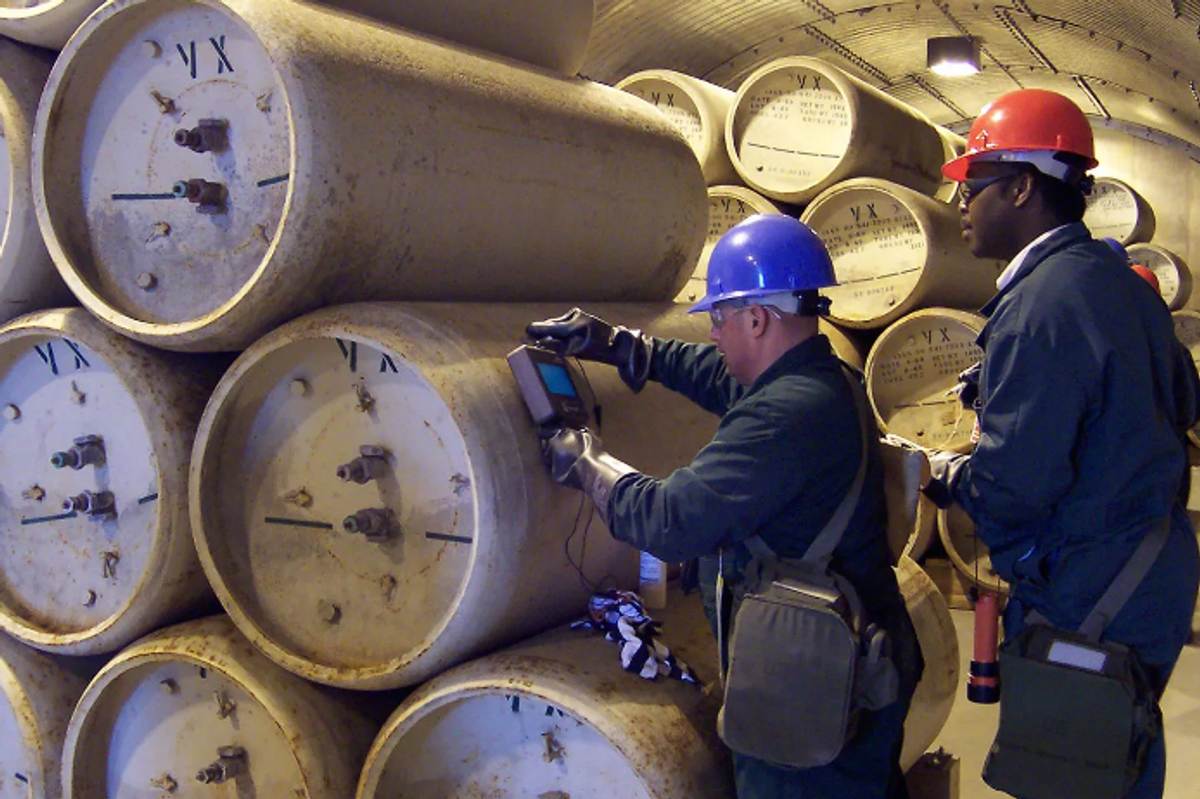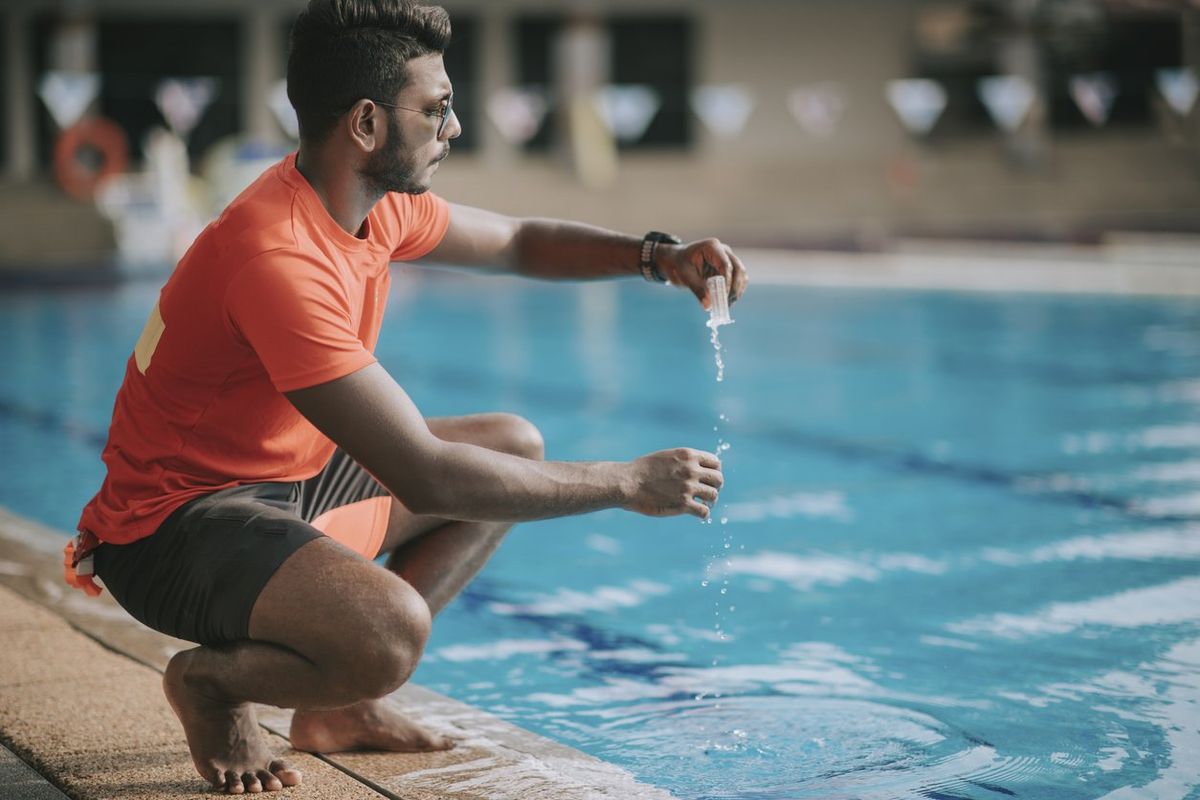Harriet Brewis
Jul 09, 2024
Beware When Mixing Household Chemicals
Money Talks News / VideoElephant
We live in a world fascinated by superlatives, where people gorge on details about the “deepest”, “highest,” “oldest” and “richest” places and people on the planet.
But when it comes to identifying the “most dangerous chemical on Earth,” the answer isn’t satisfyingly straight forward.
Of course, there are plenty of hellish substances vying for such a title, such as the nerve agent VX, which was created by the British military.
Just 10 milligrams (in other words, ten thousandths of a gram) of this oily, amber coloured liquid is enough to cause death within minutes. It works by severely disrupting the body's muscular system, leading to paralysis and, ultimately, death by asphyxiation.
Another contender for the sinister title is chlorine trifluoride. This ultracorrosive colourless gas is so reactive that it spontaneously explodes upon contact with everyday materials including water and sand.
And yet, whilst terrifying, can these chemicals really be classified as the most dangerous if, in reality, they harm very few people?
Indeed, as far as we know, just one person has been killed by VX over the past decade: Kim Jong-nam – the brother of North Korea's despotic leader Kim Jong-un – who had the nerve agent thrown in his face at Kuala Lumpur airport on 13 February 2017.

Household dangers
Meanwhile, more than 100,000 people are accidentally poisoned in the US alone every year by common household chemicals such as bleach and disinfectant, as Live Science notes.
This is despite the fact that these substances are slower-acting and far less toxic than the likes of VX.
Nevertheless, it should also be noted that some household chemicals can be fatal when mixed. For example, combining drain cleaner and bleach releases poisonous chlorine gas.
All of this goes to illustrate the challenge faced by scientists when ranking chemicals in order of danger.
After all, they must take into account not only the potency of the substance itself but the likelihood that people will encounter it.
Put simply, it’s a question of hazard vs risk.
Hazard vs risk
"A hazard is something with the potential to cause harm. Risk is the likelihood that harm will arise and the severity of that harm," Richard Webb – health, safety, environment and well-being officer at the University of Cardiff's School of Chemistry – told Live Science.
In other words, hazard denotes the characteristics of the chemical, while risk varies depending on how it is used.
To illustrate this point, Webb cited the example of a kitchen knife.
He noted that a sharp blade can cut things, including people, in the right circumstances, but how it is used and stored determines the threat it poses.
Applying this same logic to chemicals, a spokesperson for the European Chemicals Agency told Live Science: "Even a very hazardous chemical does not pose any risk if there is no exposure.
"Some hazardous chemicals are also essential for our health in small doses," they added, "whereas in higher exposures they may be lethal."
Ordinary table salt is a good example of this: consuming small amounts is vital to maintaining the correct ion balance within our bodies, but too much can cause serious health problems, such as high blood pressure and heart failure.
Furthermore, chemists also stress that determining which substances are the most hazardous is challenging given that there are multiple ways in which they could cause harm.
Put simply, it often depends on the chemical’s form and the context in which it is deployed.

For example, whilst chlorine is commonly used as a disinfectant in swimming pools today, the concentrated gas was a brutally effective chemical weapon in World War I.
The difference here is that only a tiny amount of chlorine is used in pools, and this is dissolved into water.
"The thing that makes it high risk is the fact it's a gas," Webb explained.
Ultimately, almost anything can become dangerous if it's not handled correctly, but there are steps we can take to keep ourselves safe.
"The most important thing is knowing exactly what the hazards are and what you can do to minimise the risk," Webb said.
Sign up for our free Indy100 weekly newsletter
How to join the indy100's free WhatsApp channel
Have your say in our news democracy. Click the upvote icon at the top of the page to help raise this article through the indy100 rankings
Top 100
The Conversation (0)













